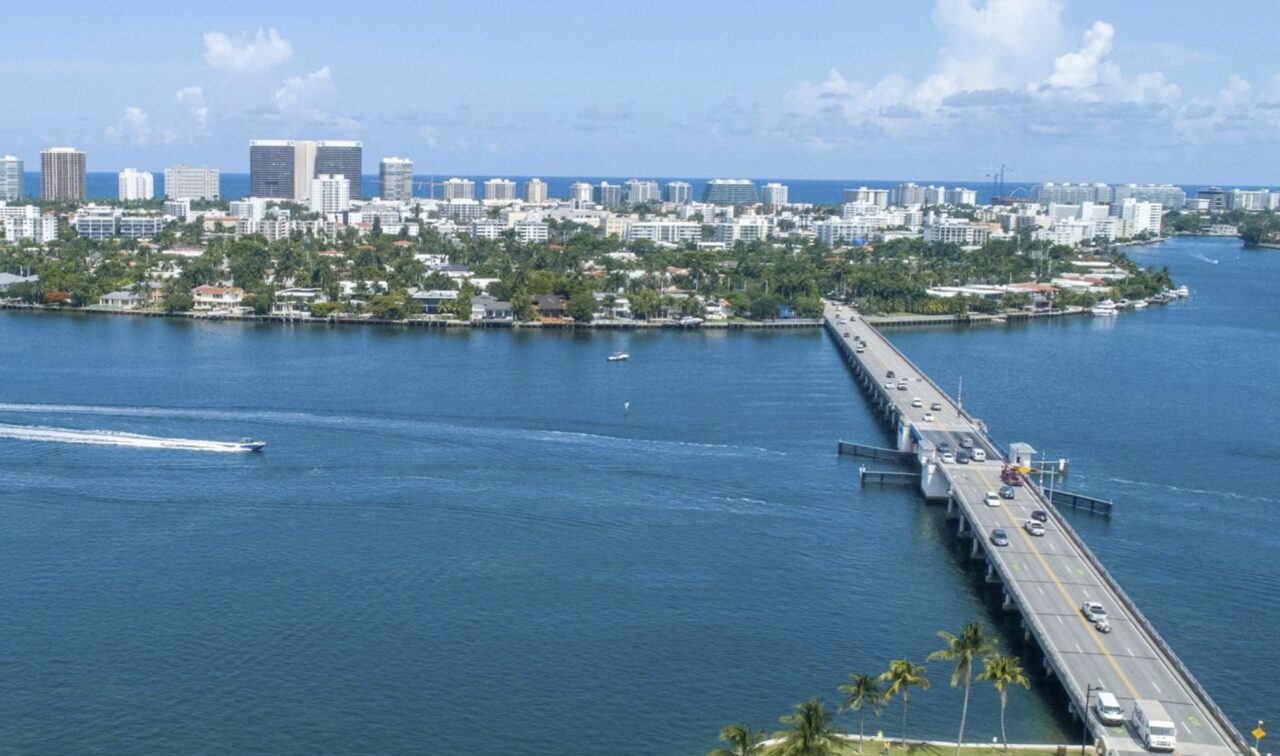
A pair of Bay Harbor Islands Town Council seats held by Mayor Elizabeth Tricoche and Vice Mayor Joshua Fuller are up for grabs Tuesday, when voters will select from a field of four candidates to fill them.
Fuller, an employment and real estate lawyer who has served on the town dais since 2016, is running for another four-year term. Tricoche is not, and will depart from the seven-member panel after eight consecutive years of service.
Running for her seat — and Fuller’s — are Bay Harbor Islands Parks and Recreation Committee member Kathleen Kennedy, Parks and Recreation Committee member Alex Rangel and real estate investor “Ezzy” Eric Rappaport.
The election is at-large and nonpartisan. Voters will choose from all four candidates on Tuesday, with the two biggest vote-getters winning seats. A runoff, tentatively set for May 2, will only take place if there is an exact tie.
After the election, the Town Council will choose a Mayor and Vice Mayor. Each member earns an annual salary of $1 that traditionally is donated to charity. Terms are four years for all candidates and staggered so that only a portion of the Town Council is up for election yearly.
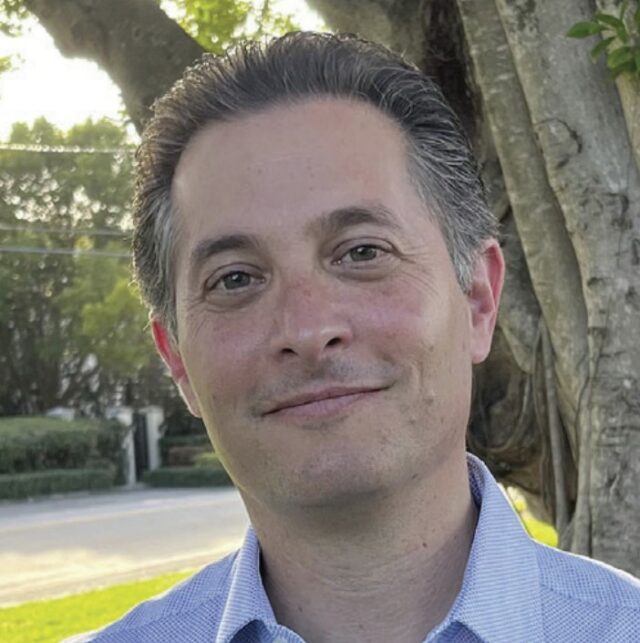
Fuller, 50, hopes to add to his record of increasing the town’s inventory of parks and cultural venues, adding to the police force and backing water and sewer infrastructure projects paid for, in part, by federal dollars he helped obtain.
He was appointed in 2013 to fill a vacant seat on the Town Council and later won an election to serve the rest of a departed member’s term. He won full terms in 2016 and 2020.
His campaign website says he also plans to work toward reducing traffic, improving school safety, lowering taxes, boosting code enforcement and securing additional federal funds to complete a new causeway bridge.
He raised about $13,700 to defend his seat through March 24, the last date for which Bay Harbor Islands candidate campaign finance information is available.
That includes more than $4,000 in self-loans, more than $7,000 from real estate interests and a $250 check from former Miami Beach Mayor Neisen Kasdin, the Miami office co-managing partner of national law firm Akerman.
He spent close to $5,500. Nearly all of it went to Miami-based Blueprint Consulting for political consulting, advertising and mailing services.
Born in South Florida, Fuller has lived in Bay Harbor Islands since 2003. He said in a statement that it is vital to preserve the town’s quality of life and “small-town feel.”
“I have made it a point to always be available to any citizen who wants to discuss any issue, regardless of whether or not we share the same point of view,” he said. “That is essential for good government, and demonstrates what makes our home so special, namely friends and neighbors all working together to make this town an amazing community.”
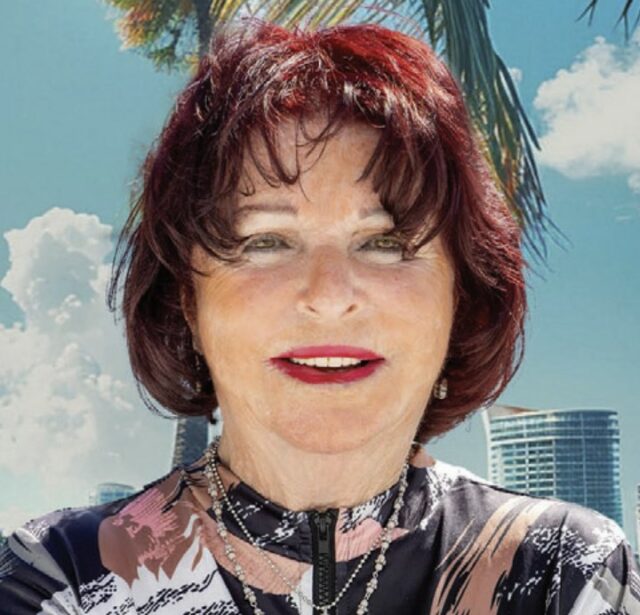
Kennedy, a retired hotel executive, has lived in South Florida for the past 50 years, including 17 years in Bay Harbor Islands. Her campaign website says, among other things, that Town Hall has become “an unethical cesspool” while the municipality “has floundered” when it comes to infrastructure improvements and community investments.
If elected, she plans to increase foot traffic, clean up local waterways, better regulate e-bikes and scooters, and create more community programs.
“I love this town I choose to call home, but I believe our elected officials and town administration must prioritize the protection of its natural resources and the improvement of the town’s infrastructure,” she said in a statement. “Bay Harbor Islands is a gem that should be treated as one.”
Kennedy raised $2,000, half of which was self-loaned. She spent $635, mostly on campaign signage, postcards, supplies and video production.
Kennedy said she and Rangel would bring “independent voices, accountable solely” to residents while Fuller and Rappaport would further increase corporate and real estate influence on the town’s governance.
She has also compared Fuller to former Surfside Vice Mayor Jeff Rose, who last month drew criticism — and lost his Town Commission seat — after police arrested a teenage community activist for allegedly pushing Rose at a Feb. 28 candidate forum.
Fuller is named in a 2021 police report about a similar incident in which a Bay Harbor Islands resident was briefly accused of making unwanted physical contact with another Town Council member. The Council member, who said she believed Fuller called the police, denied any physical contact was made.
It’s hardly the first time Kennedy has criticized a local official. In October 2014, she filed a complaint with the Miami-Dade County Commission on Ethics and Public Trust alleging that former Bay Harbor Islands Mayor Jordan Leonard misrepresented the Town Council’s position on historic preservation by using the pronoun “we” while speaking at County Hall. The complaint also alleged Leonard may have violated Florida’s Sunshine Law by speaking about a matter pending a Town Council vote and that he misused taxpayer funds to pay for a “high-priced” lawyer and town planner while attending the County Hall meeting.
The Commission on Ethics closed the case a month later, finding Leonard’s behavior fell short of violating the ethics code but advising him to “take care to speak more carefully in the future.”
At the Town Council’s meeting on March 20, Kennedy took aim at Rappaport, a Jewish man, for not disclosing he is a leader in his religion.
Rappaport’s page on X, last updated on July 2, 2019, says he is a rabbi. A resume posted to his campaign website shows he earned an advanced rabbinic degree in 1996. He also wears a kippah.
“I just got the most shocking news,” she said at the meeting, the video for which is viewable here. “I didn’t know that a rabbi was running with us … for candidate. You should never be ashamed of your religion … but you’ve got to be transparent (and) it’s unfair (to the other candidates) that he is not saying he’s a rabbi.”

Rangel, a 39-year-old marketing executive, has lived in the town since 2020 and has been a South Florida resident for 11 years.
He wants to bring “actionable plans” to Bay Harbor Islands that address traffic congestion, enhance the town’s green spaces and improve its infrastructure.
He also wants to better maintain the town’s three bridges, expand community services and amenities, and improve public safety, including added measures to mitigate speeding on key roads like Bay Harbor Drive.
“Bay Harbor Islands stands out as a peaceful and tranquil enclave within Miami’s bustling metropolitan area,” he said in a statement. “Preserving our town’s distinct character while fostering growth and prosperity is paramount.”
In terms of fundraising, he’s at a major disadvantage compared to the rest of the field. He raised just $500 through March 24, all of it from his own bank account. He spent $267, all but $10 of it on flyers.
He does not appear to have a campaign website.
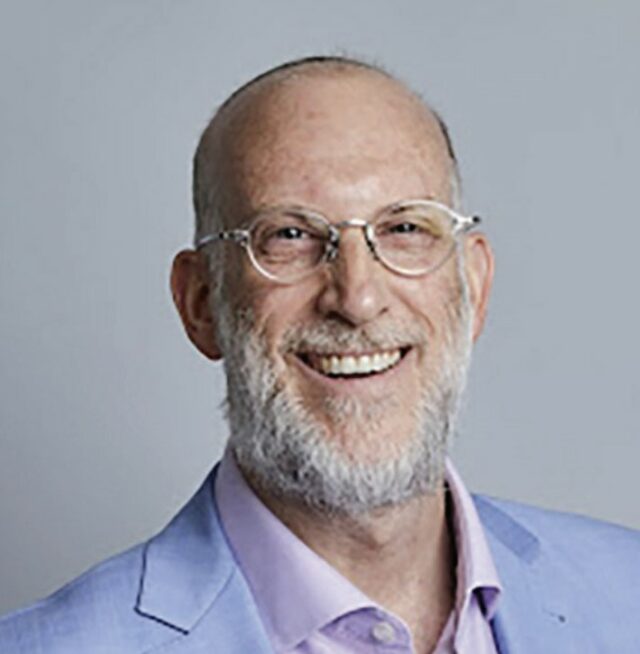
Rappaport, 52, was born in Toronto and has lived in Bay Harbor Islands for a decade.
He plans, if victorious Tuesday, to improve how responsive Town Hall is to resident concerns, coordinate with adjoining cities to study and improve traffic flows, increase policing, expand community services and encourage “sustainable development” while maintaining Bay Harbor Islands’ “hometown feel.”
Of all the candidates, he raised the most: $26,000, of which $19,500 was self-given and most of the remainder was from real estate companies.
He spent nearly $20,000 on consulting, mailers, t-shirts, a sign permit, graphic design, printing, county election information and web services.
His website says the South Florida Council of Firefighters and South Florida Police Benevolent Association are backing his campaign.
“I love living in Bay Harbor Islands and it’s a great place to raise a family,” he said in a statement. “While our exponential growth has brought immense challenges, I believe that our best days are yet ahead of us, by working together for the greater good of our community and future.”
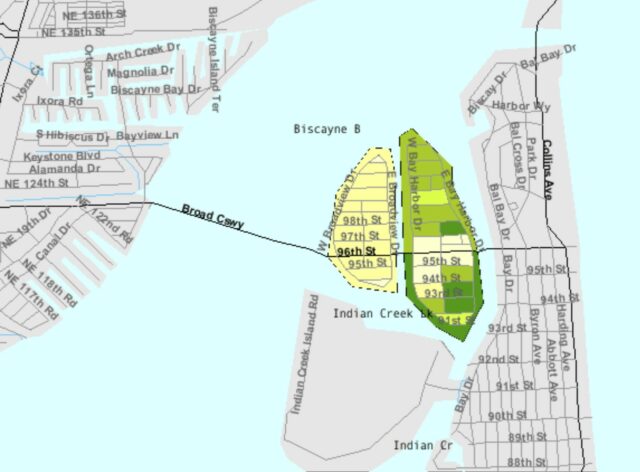
All four candidates responded to a short survey from the League of Women Voters. View their answers here.
Bay Harbor Islands spans 0.4 square miles across two islets northwest of Surfside and east of North Miami separated from the mainland by Biscayne Bay.
Fifty-five percent of the town’s estimated 5,717-person population is Hispanic or Latino, according to the U.S. Census Bureau. Thirty-nine percent are non-Hispanic White, 2.7% are Black or African American and 32.5% are mixed race.
Sixty percent of residents are women.
Roughly 45% of the homes there are occupied by their owners. The median household income is $73,587. Nearly 9% of residents live below the poverty line. Countywide, 14.5% of residents are in poverty.
